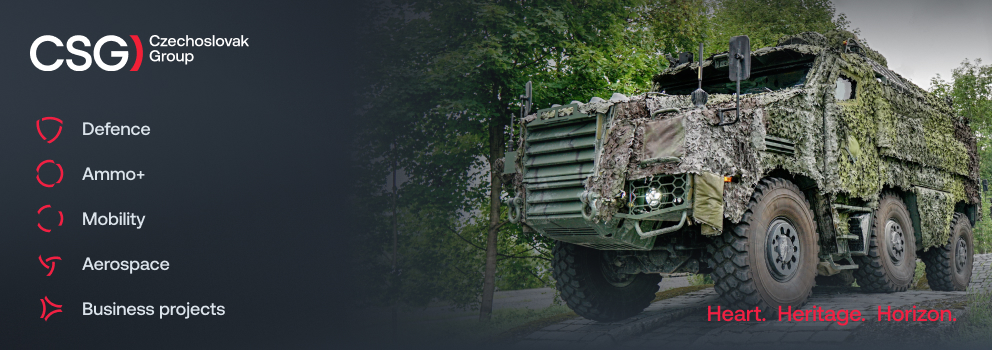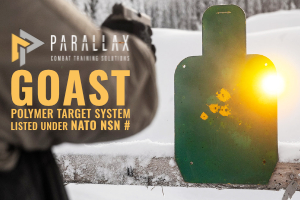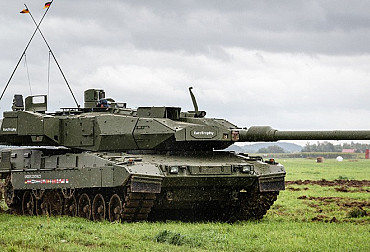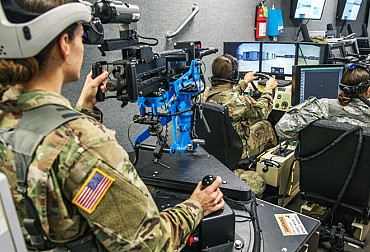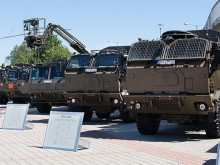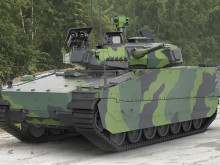Finland as one of the most resilient countries in Europe: Inspiration not only for the Czech Republic
Civil defence in Finland is not just about the military or security forces – it is a society-wide approach that is deeply rooted in the country's history and its current security culture. Finland is systematically building its resilience to crises, be they military threats, natural disasters, or cyber-attacks. It is important to focus on the evolution and current shape of the Finnish civil defence model, its key elements and its strategic relevance in the context of today's security environment, including the country's recent entry into the North Atlantic Alliance.
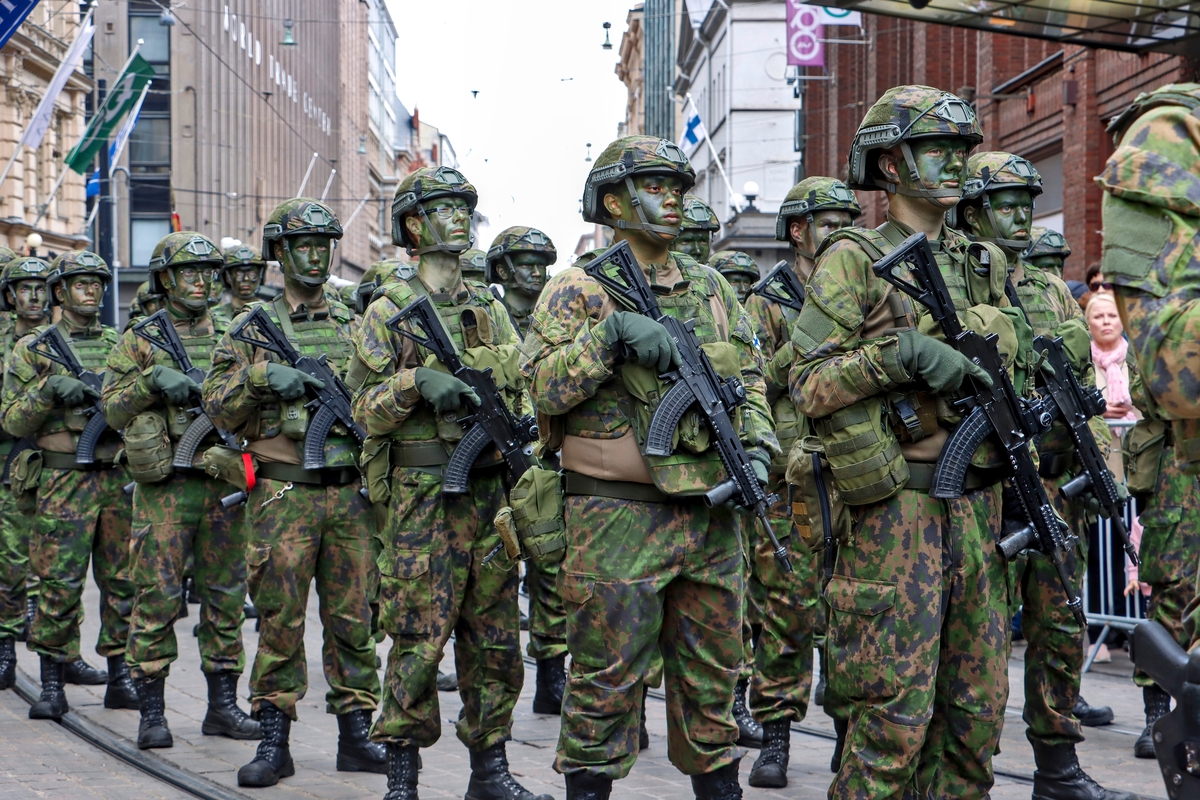
Historical roots of Finnish civil defence
The Finnish approach to civil defence is deeply rooted in the historical experience of a country that has been exposed to geopolitical threats for centuries. During the Winter War (1939–1940), Finland had to defend itself against Soviet aggression, which led to the strengthening of the idea of 'total defence', which encompasses not only the military but also the whole of society. This concept evolved over the years and was systematically introduced into government strategies. According to the Finnish National Defence Institute, this approach was a key factor in the survival of the Finnish state during the Second World War.
After World War II, Finland remained neutral, but its civil defence continued to develop in the face of possible threats from the USSR. During the Cold War, the civil defence infrastructure was systematically built and maintained, including not only food and medical stores but also a massive network of bunkers and underground shelters, which today are among the most advanced in the world.
After the collapse of the Soviet Union, Finland continued to focus on civil defence as a key component of national security. Although military threats have temporarily diminished, Finland has never abandoned preparations for potential crises and hybrid threats. This has proven to be strategically prudent in the current geopolitical situation. Research conducted by the Finnish Institute of International Affairs states that hybrid threats such as disinformation campaigns and cyber attacks are one of the main security risks facing the country.
The current organisation of civil defence in Finland
Finland operates one of the most sophisticated civil defence systems in Europe. This model involves coordination between different parts of the state, including government agencies, the military, municipalities and the private sector. The key institutions involved in civil defence are the Finnish Ministry of the Interior, the Rescue Service (Pelastuslaitos) and the Finnish-Russian Centre for Crisis Preparedness.
One of the biggest priorities of Finnish civil defence is to ensure the functionality of society even in the event of a major crisis. This means not only military defence, but also securing food, energy, healthcare and cyber security. The system includes regular crisis drills that simulate different types of threats, from natural disasters to cyber attacks. An example is the 2022 'Valmius 22' exercise, which tested the preparedness of state forces for a large-scale power outage.
Public awareness is also an essential component. Every Finnish citizen is informed in good time about what to do in an emergency. This is done through a network of emergency transmitters, SMS alert systems and public training as part of the school curriculum. According to a survey by Statistics Finland in 2023, up to 85% of people say they know how to react in the event of a national crisis.
One of the cornerstones of Finnish civil defence is the civil protection shelters, which are located throughout the country. Most of them are located in residential or public buildings and are designed to withstand the effects of radiation, toxic substances, pressure waves and building collapses. All shelters must be capable of being put into operation within 72 hours.
In addition to conventional shelters, Helsinki has a network of large-scale shelters carved into the bedrock. The shelters are often used for other purposes in peacetime, such as sports halls, car parks or metro stations, but can be quickly transformed into fully functional protection facilities in the event of a crisis. This system ensures the city's high resilience in times of war and natural disasters. Individual property owners, housing associations, or the City of Helsinki are responsible for the condition and operation of the shelters. Finnish law clearly sets out the obligations regarding the maintenance and preparedness of shelters. In addition, there are trained individuals in charge of shelter management who work closely with the emergency services to ensure the functionality of the shelters.
In 2022, Finland had 50,500 civil defence shelters with space for a total of 4.8 million people, while the entire population of Finland is 5.6 million. Most of these shelters (approximately 85%) are private, reinforced concrete structures in individual buildings. According to Finnish government data, there are over 5,500 public shelters in Helsinki, which can accommodate more than 900,000 people. It is of considerable interest that the construction of civil defence facilities is nationally compulsory. The law stipulates that a civil defence shelter must be constructed in any building or group of buildings within a single plot of land if it has a floor area of at least 1,200 square metres and is used for housing or as commercial space. In the case of industrial buildings, the lower limit is 1,500 square metres.
Finland and its accession to NATO
For decades Finland has maintained a policy of neutrality, but the Russian invasion of Ukraine in 2022 led to a historic change in its defence strategy. Finland's accession to NATO in 2023 brought new challenges to its national security and the need to strengthen not only its military but also its civil defence. Finland now participates in Alliance programmes focusing on societal resilience and crisis preparedness. NATO analysts consider Finland's total defence system to be one of the most advanced in the Alliance and serves as a model for other member states.
Integration into NATO has brought other challenges, including the need to synchronise its strategy with Alliance standards. For example, this means sharing information with partners, cooperating on hybrid defence strategies and engaging in international crisis operations. Nevertheless, Finland retains its unique philosophy of total defence, which is proving to be an effective model for other NATO member states.
In conclusion, the Finnish civil defence system is a comprehensive and sophisticated model that combines historical experience, modern technology and a proactive public approach. With its emphasis on prevention, preparedness and cooperation between state and non-state actors, Finland has managed to create one of the most resilient societies in Europe. In the context of growing global threats, the Finnish approach offers valuable inspiration for other countries seeking effective ways to protect their populations and infrastructure in times of crisis.


